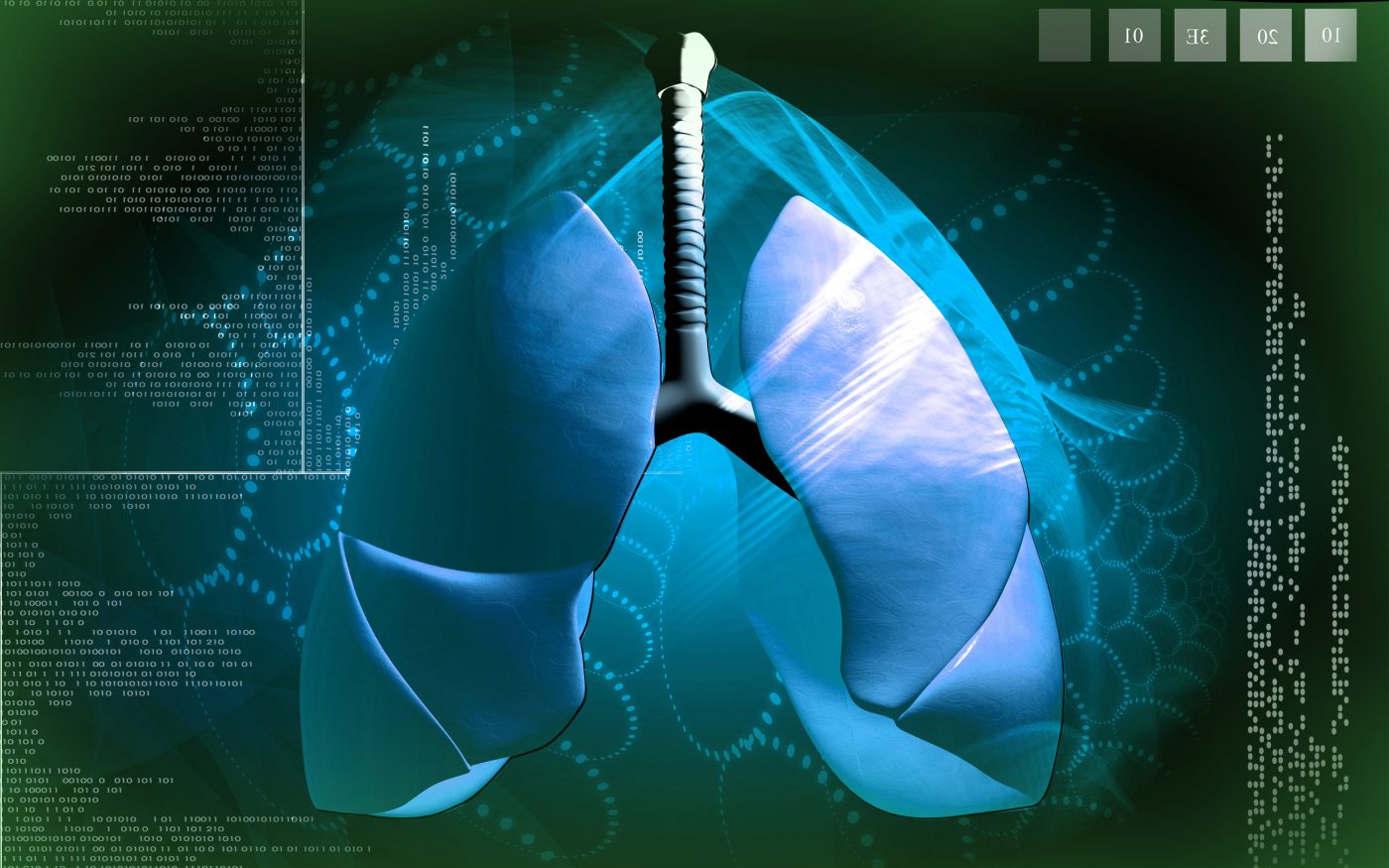Compound from Chinese Plant Seen to Protect Against Fibrosis in IPF Rat Model Study
Written by |

Astragaloside IV — a compound isolated from a traditional Chinese medicinal plant — was found to reverse epithelial–mesenchymal transition, a process crucial to the progression of fibrosis, through its impact on a protein called FOXO3a, a study by researchers in China reports.
The study, “Astragaloside IV modulates TGF-b1-dependent epithelial-mesenchymal transition in bleomycin-induced pulmonary fibrosis,” was published in the Journal of Cellular and Molecular Medicine.
Idiopathic pulmonary fibrosis (IPF) is characterized by chronic inflammation, a decline in pulmonary function, and excessive extracellular matrix deposits (the extracellular matrix being a collection of molecules that provide structural and biochemical support to surrounding cells).
Epithelial–mesenchymal transition (EMT) is a process by which epithelial cells – which line body surfaces, from the skin to organs and blood vessels — gain migratory and invasive properties to become mesenchymal stem cells. EMT plays a critical role in the development of pulmonary fibrosis.
Astragaloside IV (ASV) was isolated from astragalus membranaceus, a plant widely used in traditional Chinese herbal medicines. Studies have shown its properties include those that are anti-oxidant, anti-inflammatory, and anti-fibrotic.
Researchers, working in a rat model of idiopathic pulmonary fibrosis (bleomycin-induced), investigated if ASV might be protective against epithelial–mesenchymal transition. Earlier work reported that ASV can diminish induced IPF by suppressing oxidative stress and inflammation.
They validated these reports, showing that ASV administered to the disease-induced rats had protective effects on pulmonary fibrosis, and that it suppressed both oxidative stress and inflammation in these animals.
Join the PF forums: an online community of support for patients with PF.
Next, they investigated the effects of ASV specifically on epithelial–mesenchymal transition. Using protein markers of EMT — a-SMA and E-cadherin – they reported a significant reversal in bleomycin-induced EMT using the plant-based compound.
Interestingly, levels of cytokine transforming growth factor-b (TGF-b) — an important pro-fibrotic factor linked to epithelial–mesenchymal transition in pulmonary fibrosis — were significantly higher in the animals initially. But these levels dropped significantly upon treatment with ASV.
Concurrently, researchers saw that levels of a protein called FOXO3a (Forkhead box O3a) rose.
TGF-b is known to chemically modify FOXO3a through a process called hyperphosphorylation, which suppresses FOXO3a activity. Studies have closely linked suppressed FOXO3a activity to IPF progression.
The scientists therefore set out to determine if FOXO3a activation was involved in EMT inhibition. Using a cell line induced to undergo epithelial–mesenchymal transition in a laboratory setting, they showed that high levels of FOXO3a suppressed the TGF-b-induced transition.
“Taken together, the results suggested that FOXO3a plays an important role in the protective effects of ASV on IPF,” the researchers wrote.
The team suggested that ASV likely works by inhibiting TGF-b hyperphosphorylation of FOXO3a, which in turn reverses EMT to stop the progression of fibrosis.






